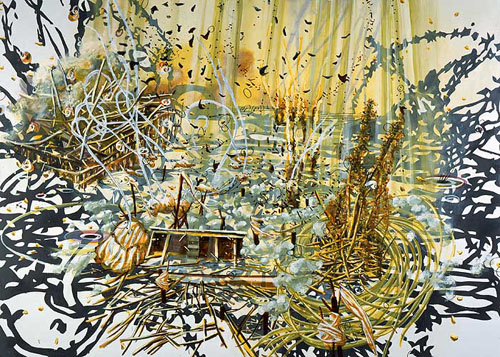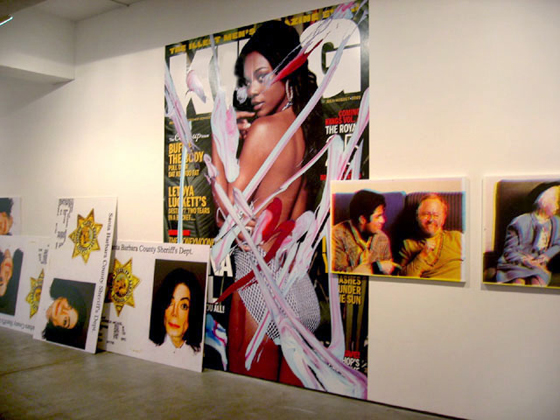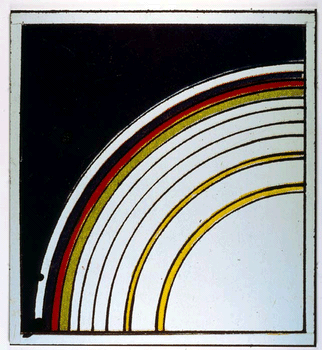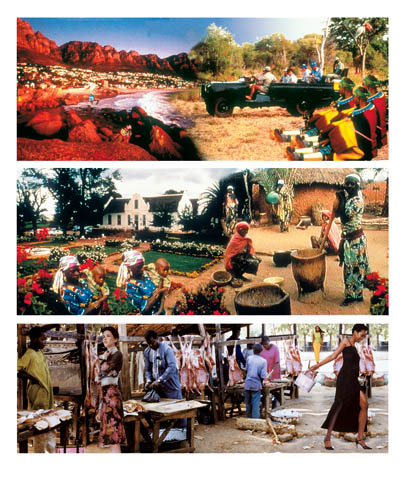I understand that the 'inaccessible mechanism' as a relation to the oscillation of value, but what exact kind of mechanism is Bourriaud hinting at?
I would like to know if my fellow grads feel that 'our modernity is developing on the basis of this collapse of the long term'? (85)
Bourriaud states that the current era has no master narrative and that the prevalent or visible player is a semionaut: a creator of paths in a landscape of signs. Bourriaud portrays the semionaut as a contemporary figure not yet seen in the history of art. However Christine Buci-Glucksmann, in Allen Weiss' Mirrors of Infinity, explains baroque spatiality:
"In opposition to the homogeneous, geometric and substantialist Cartesian space, the open and serial baroque spatiality, with its development and metamorphosis of forms, proceeds by overlapping, coexistence, the play of light and force, the engendering of beings by means of the serpentine line and ellipse. These are the traits of a topological space which is precisely oblivious to the identification and fixed localization of objects at rest." (23)
Does not this entire paragraph, especially this last sentence, hint at the support structure behind the culture/space in which translation, altermodernism and the semionaut function in? 'Serial baroque spatiality' principles are those that can 'mingle and multiply by means of combination. . . .[there is] constant multiplication' in the baroque as Bourriaud says there is for altermodernism.(83) However this is true than those fundamental principles of art history oscillating from classical to baroque still hold sway and thus the radicant world shares a link with the radical.
Last week in class we discussed whether using material not our own was ethical. Many seemed to believe there was nothing wrong with it whether you had the permission of the artist or not. However what about artists such as Kendell Greeves who acknowledges that his work stems from 'pure theft' of others (mainly corporate) material? There is no hiding behind patents or public material. There is an acknowledgement of theft, which becomes part if not all of the content of the work. This, is innately activist art, is it not?



















































